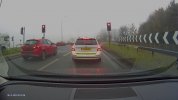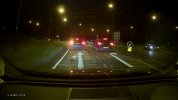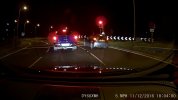c4rc4m
Well-Known Member
- Joined
- May 28, 2016
- Messages
- 777
- Reaction score
- 258
- Country
- United Kingdom
- Dash Cam
- Viofo WR1, A119 Pro. VicoVation Opia 2, Mobius 1
And here's the full-time night test results, showing 30fps and 60fps this time as the metering options made almost no difference. And for good measure, there's a comparison frame from the SG9665GC.
Interesting to see how 1080P30 has more visible grain than the 60P version. It's also interesting how the exposure seems poor on the 1080P30 version in so far as some areas are burnt out. You can clearly see the 30 fps frame is brighter. However, it appears to me the exposure control is poor as the picture looks to me to be quite markedly overexposed. To that end, the 60fps version looks much better metered.
Looking at the noise levels, I'd have to guess that the exposure software has some issues as it appears to me as though the longer exposed 30fps frame has more gain applied than the short exposed 60fps frame, either that or the overexposed picture just highlights it more. However, common sense would suggest it should need less gain as with longer exposure times, it will gather more light per frame and thus require less gain plus be brighter with less grain.










